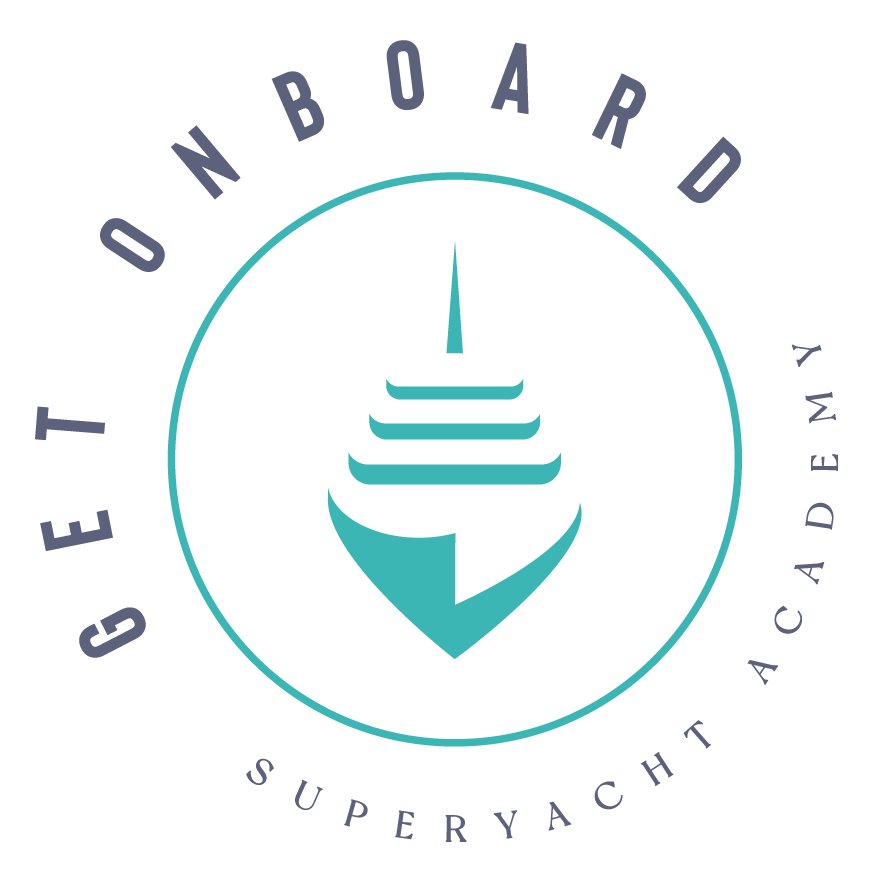Almost all of our correspondence with potential candidates begins with the same question: “What is the STCW and why do I need it?”
The STCW (Standards of Training, Certification and Watchkeeping for Seafarers) is an internationally recognised certification standard required by all seafarers working on commercial vessels above 24 metres (79 feet) in length. This includes crew working on yachts, commercial ships, ferries, cruise ships, and superyachts. Your STCW basic training forms part of your core safety preparation and is a compulsory requirement if you are interested in a job as an onboard stewardess, deckhand, engineer or chef.
The course runs every week in Cape Town, South Africa and takes 11 days to complete. It comprises five modules:
STCW training modules:
-
Personal Safety and Social Responsibilities (PSSR)
Course duration: 2 days
Certification: SAMSA STCW Certificate of Completion
Assessment: Written assessment & Practical evaluation
PSSR offers new and experienced crew members the basic health and safety skills required on modern and traditional vessels. It covers common hazards, personal protective equipment, pollution prevention, as well as general and emergency routines which you might come across.
Course outline:
- Comply with Emergency Procedures
- Take precautions to prevent pollution to marine environment
- Knowledge and observation of safe working practices
- Contribute to effective human relationships on board ship
- Contribute to effective communications on board ship
- Understand and take necessary actions to control fatigue
-
Marine Fire Fighting and Fire Prevention (MFF)
Course duration: 3 days
Certification: SAMSA STCW Certificate of Completion
Assessment: Written assessment & Practical evaluation
You will learn about fire prevention on board a yacht or ship and how to follow firefighting protocol should there be a case. The module employs a modern fire training rig with gas fired cribs and synthetic non-toxic smoke to produce a very realistic, controllable, environmentally friendly, and safe training environment. Our SAMSA/MCA approved on-site facility is operated by our partner company, STC-SA and run by expert fire-fighters.
Course outline:
- Minimise the risk of fire and maintain a state of readiness to respond to
any emergency situations involving fire - Fight and extinguish fires – control firefighting operations onboard a ship
- Organise and train fire parties
- Investigate and compile reports on incidents involving shipboard fires
- Inspect and service fire-detection/suppression systems and firefighting equipment
-
Elementary First Aid
Course duration: 2 days
Certification: SAMSA STCW Certificate of Completion
Assessment: Written assessment & Practical evaluation
STCW Elementary First Aid is one of the four compulsory commercial modules required to work on vessels covered by the STCW convention. It is internationally recognised and covers CPR, breaks & splints, bandaging, drowning, hypothermia and much more. All of the instructors are career professionals in the medical world and are serving paramedics in most cases. We choose them carefully to ensure they have specific seafarer knowledge as well as extensive experience in their field.
Course outline:
- Contents of First Aid Kit
- Body structure and function
- Examination of casualty or patient
- Spinal Injuries
- Burns scalds and effects of heat and cold
- Fractures, dislocations and muscular injuries
- Medical care for rescued persons
- Radio medical advice
- Cardiac arrest, drowning and asphyxia
-
Personal Survival Techniques (PST)
Course duration: 2 days
Certification: SAMSA STCW Certificate of Completion
Assessment: Written assessment & Practical evaluation
STCW Personal Survival Techniques is the name given to sea survival in the merchant navy. We teach you the necessary skills to survive if you ever have to abandon ship. We place equal emphasis on both small vessels and larger ships. You will get the opportunity to wear a SOLAS approved survival suit and lifejacket to experience the equipment fitted to most merchant ships during the pool drills. The equipment that is provided in a liferaft is discussed and demonstrated in detail. During your course you will be instructed in how to stay afloat, board a liferaft and maintain the raft fit for use. We discuss different types of lifejackets and how to check them before use. You will see a life raft capsized and witness or take part in the procedure to turn it over again.
Course outline:
- Safety and Survival
- Emergency Situations
- Evacuation
- Survival Crafts and Rescue Boats
- Personal Life Saving Appliances
- Survival at Sea
- Emergency Radio Equipment
- Helicopter Operations
- Apply first aid to survivors
-
Proficiency in Designated Security Duties
Course duration: 2 days
Certification: SAMSA STCW Certificate of Completion
Assessment: Written assessment & Practical evaluation
This PDSD certification is required by crew who have been assigned a security duty onboard their vessel. This applies to all superyacht crew members and should be completed in place of Proficiency in Security Awareness (PSA). Upon completion of the course, students will be able to understand the principles and responsibilities of national and international ship security officer requirements. They would have acquired the skills to maintain ship security plans, appreciate security levels, develop and maintain measures for the control of access to the vessel, conduct ship security and risk assessments, and implement effective search mechanisms and security control.
Course Outline:
- Maintain conditions set out in a ship security plan
- Recognition of security risk and threats
- Undertake regular security inspections of the ship
- Proper usage of security equipment and systems
How Long is an STCW Certificate Valid?
Every five years, seafarers are required under STCW convention to provide evidence of having maintained the required standards of competence to undertake the tasks, duties and responsibilities working on board a yacht.
Where can I get an STCW Basic Safety Training Certificate?
You can book your STCW basic safety training course at any approved maritime academy. Get Onboard Superyacht Academy is based in Cape Town, Western Cape, South Africa. If you are keen to learn more about becoming a yacht crew member, check out our “Beginners Guide to Yachting” Ebook to get you started! For any questions or additional advice, please contact us and let us help you Get Onboard!


